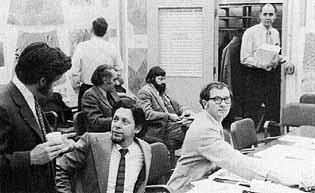















|
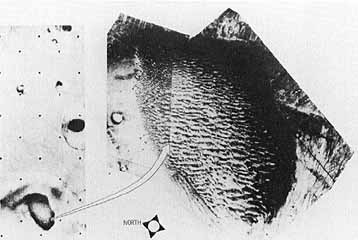
| ||
|
| ||
|
Site No. |
Latitude |
Longitude |
|
| ||
|
12 |
73°N |
350° |
|
13 |
74°N |
225° |
|
14 |
63°N |
0° |
|
15 |
63°N |
85° |
|
16 |
63°N |
160° |
| |||
|
|
|
|
|
|
|
|
|
|
|
20.0°N |
|
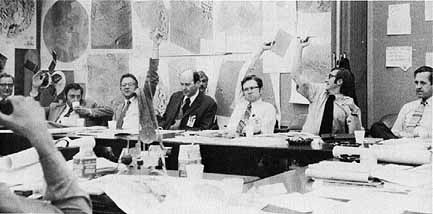 | |
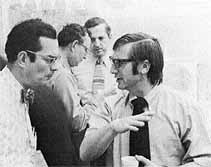 |
|
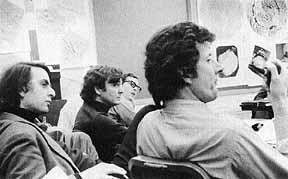 | |
| |||
|
Primary |
Site 12 |
73.0°N |
350.0°W |
|
Backup |
Site 13 |
73.5°N |
221.5°W |
|
| |||
| |||
|
Primary |
Site 10 |
9.0°S |
181.0°W |
|
Backup |
Site 9 |
9.0°S |
144.0°W |
